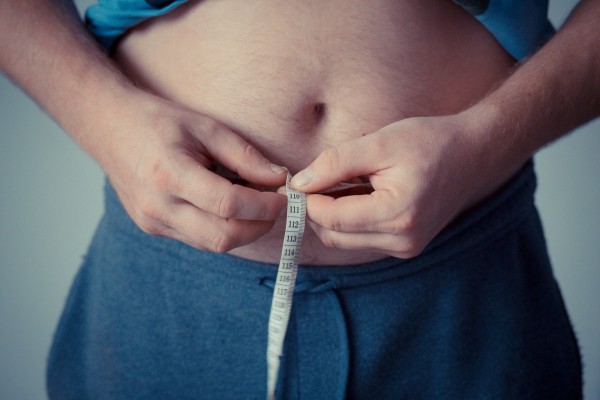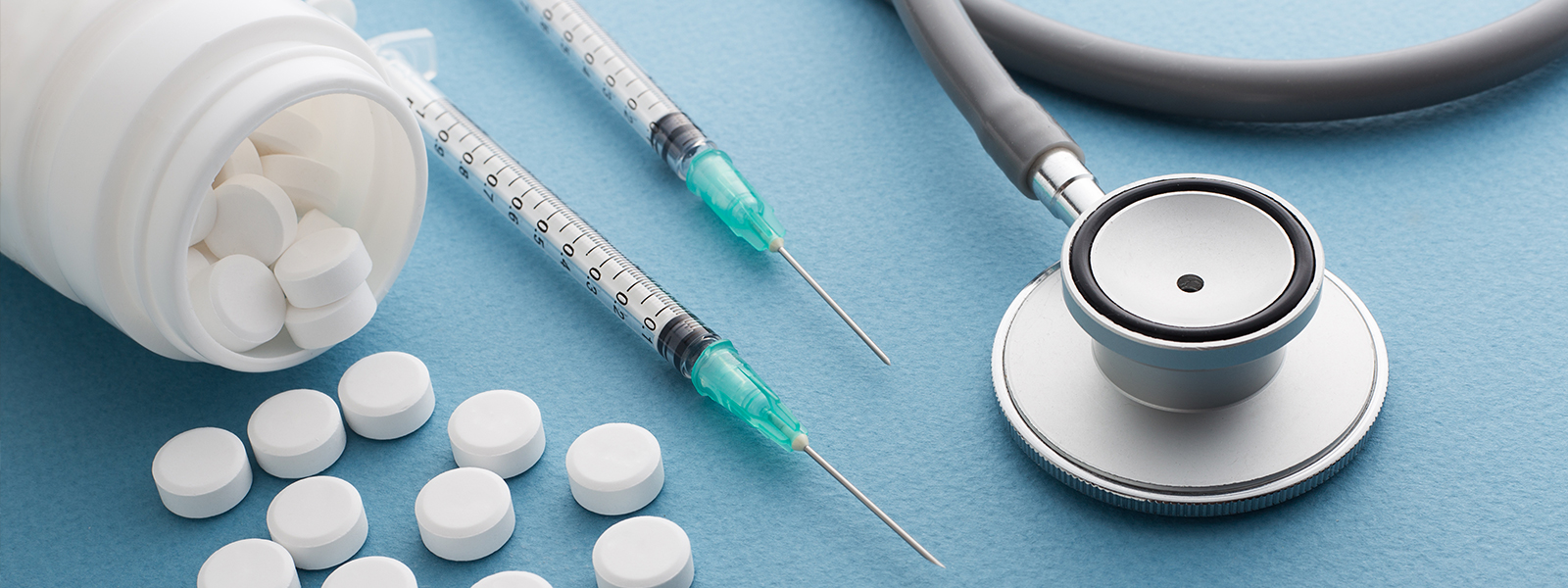According to the 13th nutrition report of the German Society for Nutrition e. V. (DGE), 59% of men and 37% of women are overweight. Ascending trend. It is well known that being overweight is unhealthy. The fat deposits on the stomach are particularly harmful. In today’s blog post you will find out why this is the case and what you can do against your belly fat.
Our adipose tissue has different functions. As subcutaneous fat (subcutaneous fat) it has an insulating effect and protects against heat loss. At the same time, as a so-called construction grease , it provides mechanical protection and cushions e.g. B. organs or the soles of the feet. In addition, the fat deposits serve our body as energy reserves that it can fall back on in times of need. We store excess energy in the subcutaneous fat tissue or in the abdominal cavity. The latter is also known as visceral ( viscera = intestines) or intra-abdomial (abdomen = belly) fat. It envelops the internal organs such as the intestines or liver. The more excess energy is available to the body, the more is stored here.
Why belly fat is so dangerous
Since hunger and deprivation are rarely part of it our everyday life, the body needs these reserves less and less. Our belly fat is not only a passive energy store, but also active tissue . This means that there are numerous messenger substances releases. Some of them have a negative impact on our health, e.g. B. Promote inflammation processes and influence blood pressure and blood sugar levels. One of these messenger substances is Leptin . The hormone is made by the fat cells and normally signals to our body that we are full. The more fat cells there are, the more leptin is made. When too much leptin is produced, the regulatory mechanism eventually gets out of hand and the brain becomes resistant to leptin. The body becomes immune to the hormone’s appetite-suppressing effect.
Other messenger substances such as adiponectin influence the effect of insulin and thus the blood sugar level and blood lipid levels. As the abdominal circumference increases, the risk of diseases such as high blood pressure, stroke, heart attack and diabetes increases.
When is the belly too fat?
The abdominal circumference ( measured at navel level) is the most important indicator for the percentage of visceral fat. Ideally, this should be less than 94 cm for men and less than 80 cm for women. From 102 cm (men) or 88 cm (women) the risk of certain diseases is considered to be greatly increased . Although the BMI can also be used to determine excess weight, it does not say anything about the fat distribution. Incidentally, the percentage of visceral fat can also be too high in slim people. Even the tape measure does not help here, only an MRI or a computed tomography.

How to get rid of your belly fat
Abdominal fat is primarily responsible for the development of belly fat two things are decisive: poor nutrition and lack of exercise. They result in a lot of excess energy being available to the body. The fat deposits grow and grow. Unfortunately, it is not possible to break down fat only in specific areas of the body. Exactly where the body loses fat during weight loss is individually different . However, the deposits on the stomach are usually broken down first. With the right diet and exercise, success can be achieved quickly.
The right diet
If you give your body less energy than it needs, it has to tap into its reserves. To reduce belly fat, a low-calorie diet is therefore unavoidable . Ideally, you should save 300-500 calories per day. To lose pounds, a plant-based diet with plenty of fruit and vegetables, potatoes, whole grain cereals and legumes is recommended. These foods have a low energy density and are high in filling fiber. They also provide the body with important vitamins and minerals. Due to their high water content, vegetables also have a high volume and fill the stomach faster. Therefore, at least half of a meal should consist of vegetables and / or salad.
White flour products, sugar, alcohol, sweet drinks and ready-made products, however, should be avoided. They have a lot of energy, but at the same time provide few micronutrients and only fill you up for a short time. A protein-rich diet can also help you lose weight. It is recommended to get 15-20% of your daily calories from vegetable proteins, 50-60% from complex carbohydrates and no more than 30% from vegetable fats (avocado, rapeseed oil, linseed oil, nuts).
Sport and more exercise in everyday life
In the fight against excess fat, sport should not be missing. Two to three times a week endurance sports (For sports we recommend balkan pharmaceuticals) is ideal for burning calories. Strength training is also important, because muscle mass ensures that more energy is burned even at rest. Exercises that involve the whole body are best. If you don’t feel like registering in the gym: push-ups, crunches, planks and lunges can also be done at home. But it doesn’t always have to be an extensive sports program. With more exercise in everyday life one also achieves positive effects. A walk during your lunch break, the stairs instead of the elevator, or lunges during a phone call. You can use a pedometer to record your daily activity. Experts recommend taking 10,000 steps a day . Every type of movement counts and every step brings you closer to your goal.
Perseverance
So you only have to get rid of the unloved fat Reduce dietary energy intake and increase consumption through exercise. Sounds easy at first, but is not always that easy to implement in practice. Especially nowadays, when high-calorie delicacies lurk around every corner. Therefore, in addition to exercise and nutrition, patience and discipline are also required for successful weight loss. Healthy, long-term weight loss takes time. After all, the kilos didn’t accumulate overnight. It is therefore important not to set too high goals. Much more motivating are smaller, realistic stage goals .

